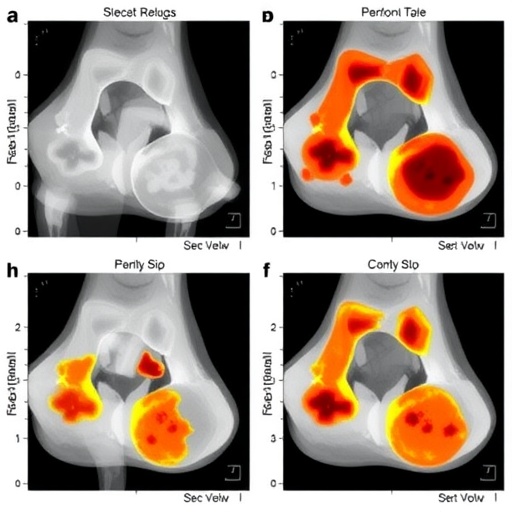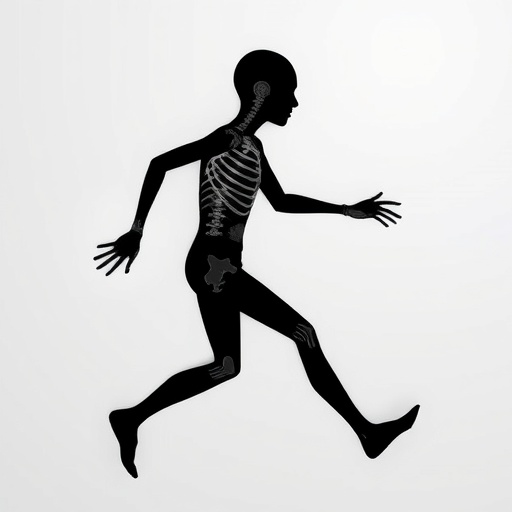RESTON, VA – More than 5,000 physicians, technologists, scientists and exhibitors gathered for the Society of Nuclear Medicine and Molecular Imaging's 65th Annual Meeting, held June 23-26 in Philadelphia.
The meeting had more than 850 scientific oral presentations and nearly 1,000 posters, as well as sessions on new tracers and applications, emerging technologies, updates on appropriate use criteria and coding and reimbursement, Mo-99 production and availability, and new "Nuts and Bolts" sessions in each track that covered a wide variety of subspecialty areas, providing practical information to apply in the clinic. The CT and MRI Case Reviews, always a draw, were presented in collaboration with the University of Pennsylvania.
With nuclear medicine playing a growing role in providing precision medicine, theranostics (combining diagnostic imaging and targeted radionuclide therapy) were an important focus throughout the meeting.
The Saturday evening Opening Ceremony provided an overview of the meeting and introduced China as the Highlight Country. Chinese drummers and dragons then led the way to the Welcome Reception and Exhibit Hall Opening. The Chinese society organized scientific and CE sessions throughout the meeting.
The Sunday plenary session featured the Henry N. Wagner, MD, Lecture on Quantitative Nuclear Imaging: Is SUV the Best We Can Do? given by Richard E. Carson, PhD, professor of radiology, biomedical imaging and biomedical engineering at Yale University; director of the Yale PET Center; and director of graduate studies for Yale's biomedical engineering program. His presentation covered tracer kinetic analysis methods used for quantitative brain imaging applications, with a focus on synaptic density imaging, why SUV works as well as it does for FDG oncology studies, and imaging challenges faced in non-brain dynamic studies. Carson claimed that we can do better, and more research is needed to determine the best timing and to optimize methods.
The Sunday plenary also included an update on SNMMI's Value Initiative, which addresses five critical domains that will guide the society's strategic plan over the next several years: Quality of Practice, Research and Development, Workforce Pipeline Life-Long Learning, Advocacy, and Outreach.
Simon R. Cherry, PhD, Distinguished Professor at the University of California, Davis, was named the 2018 recipient of the prestigious Paul C. Aebersold Award for outstanding achievement in basic nuclear medicine. His major accomplishments have been in developing and applying high-resolution systems for positron emission tomography (PET), particularly the invention of microPET technology, and co-leading the EXPLORER project which recently has built the world's first total-body PET scanner.
Richard L. Wahl, MD, FACNM, FACR, received the Georg Charles de Hevesy Nuclear Pioneer Award for his contributions to nuclear medicine. Wahl is the Elizabeth E. Mallinckrodt Professor and head of radiology at Washington University School of Medicine in St. Louis, director of the university's Mallinckrodt Institute of Radiology and a professor of radiation oncology. His research played an important role in the development of radioimmunotherapy for non-Hodgkin's lymphoma. He has also been a pioneer in the use of PET scans to diagnose and assess treatment of a broad array of human cancers and other diseases.
At the Monday plenary session, Sanjiv Sam Gambhir, MD, PhD, presented the Cassen Lectureship on Multimodality Molecular Imaging of Cell/Gene Therapies for Early Disease Detection and Management. Gambhir is the Virginia and D.K. Ludwig Professor of Cancer Research and the chair of the Department of Radiology at the Stanford University School of Medicine. He also heads up the Canary Center at Stanford for Cancer Early Detection and directs the Molecular Imaging Program at Stanford (MIPS). Gambhir outlined research on delivering reporter genes, which can correct genetic errors–forcing a gene to make a useful protein that can also be imaged and tracked. In addition, he discussed CAR-T therapy (short for chimeric antigen receptor T-cell therapy), in which CAR-T cells bind to an antigen on cancer cells and kill them. Gambhir predicted, "A revolution in precision health is coming."
The 2018 Image of the Year went to a team of researchers at the Peter MacCallum Cancer Centre in Melbourne, Australia. The image, using gallium-68 (68Ga)-PSMA11 PET imaging, demonstrates exceptional responses in a series of patients with advanced prostate cancer who received LuPSMA therapy after other treatments stopped working. In each patient, the extent of tumor spread before and after treatment is visualized with clarity using PSMA PET. These patients experienced improved quality of life, including reduction of pain, and correlated with marked reduction of prostate specific antigen (PSA), a blood tumor marker.
With the focus always on patients, Patient Education Day is an important part of the annual meeting. Patients and caregivers attended sessions on nuclear medicine advances in diagnosing and treating neuroendocrine tumors, prostate and lymphoma.
The Exhibit Hall provided a one-stop showcase for cutting-edge molecular imaging devices, products, and services. New this year, Interactive Training Showcases in the Hall featured 30-minute training sessions on the use of new technologies and equipment by major exhibitors.
SNMMI TV again provided daily coverage of meeting highlights and interviews on topics ranging from theranostics and the Clinical Trials Network to patient advocacy and molecular imaging applications. In addition to showings throughout the meeting, the videos are available on the SNMMI YouTube site.
SNMMI is offering a Virtual Meeting for those who were unable to attend certain sessions or make the trip to Philadelphia. A Virtual Poster hall will also be offered. The SNMMI 2019 Annual Meeting will take place June 22-25 in Anaheim, California.
###
ABOUT THE SOCIETY OF NUCLEAR MEDICINE AND MOLECULAR IMAGING
The Society of Nuclear Medicine and Molecular Imaging (SNMMI) is an international scientific and medical organization dedicated to advancing nuclear medicine and molecular imaging, a vital element of today's medical practice that adds an additional dimension to diagnosis, changing the way common and devastating diseases are understood and treated and helping provide patients with the best health care possible.
SNMMI's more than 16,000 members set the standard for molecular imaging and nuclear medicine practice by creating guidelines, sharing information through journals and meetings and leading advocacy on key issues that affect molecular imaging and therapy research and practice. For more information, visit http://www.snmmi.org.
Media Contact
Laurie F Callahan
[email protected]
@SNM_MI
http://www.snm.org
http://www.snmmi.org/NewsPublications/NewsDetail.aspx?ItemNumber=29491





